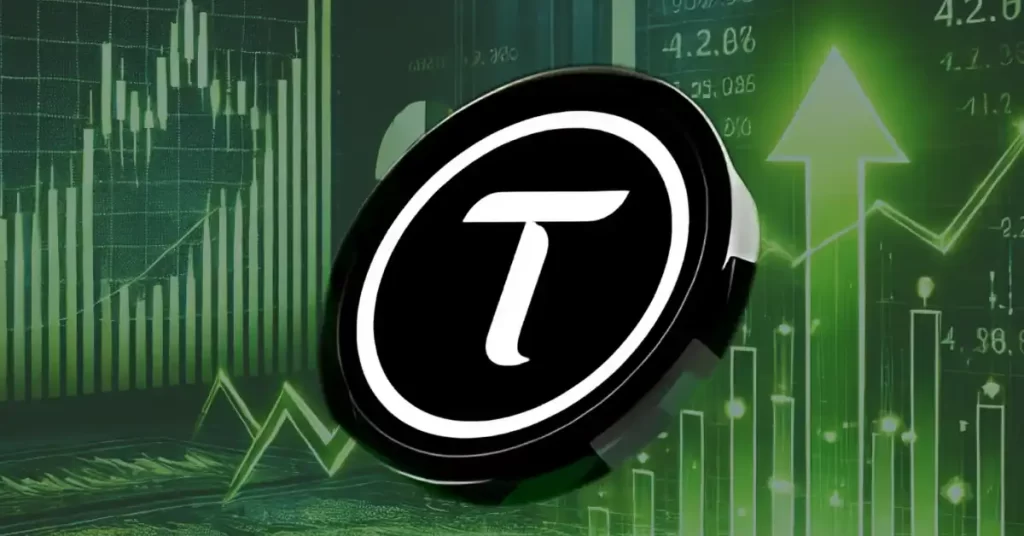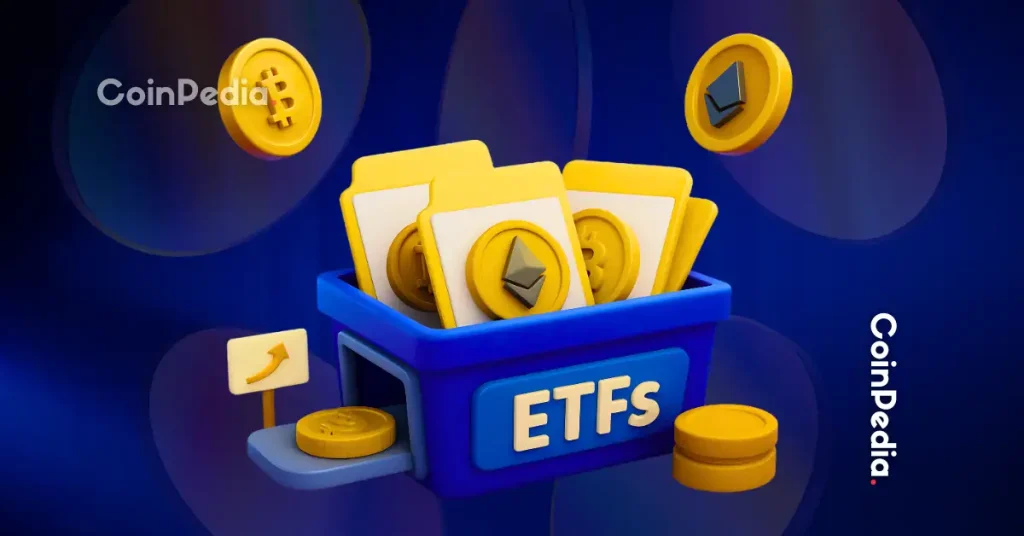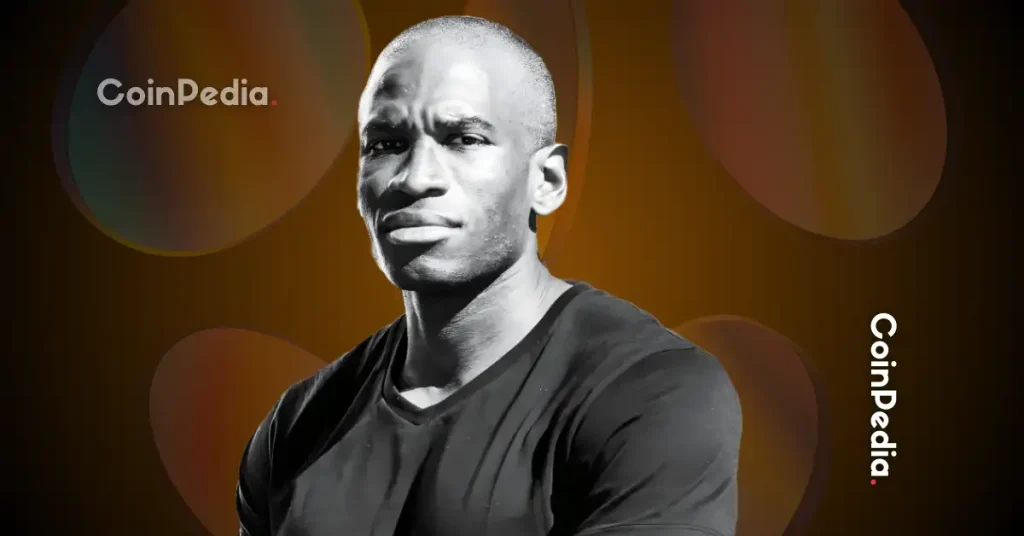
You’ve heard it too. Immigrants to the United States have to send money back to their families, but cross-border payments are terrifyingly slow, taking days to process. Fortunately, revolutionary new technologies like blockchain, stablecoins, and central bank digital currencies (CBDCs) are poised to speed up such systems, or proponents say so.
Elon Musk has also joined the debate. In an interview last month, Mr. Musk said the banking system was “not real-time yet” and “very inefficient,” suggesting that his company, Twitter, could do something.
What is the reality of cross-border payments?
Twitter subsidiary Twitter Payments LLC received its first money transfer license from New Hampshire on June 30. You can see how serious he is.
Unfortunately, the opening story is based on a vague premise. Money transfer company Wise (formerly Transferwise) is a great example of why.
London-based Wise now processes 55% of its customers’ cross-border payments instantly, compared with less than 10% in 2018. Wise does not rely on blockchain, stablecoins or CBDCs to speed things up. Leveraging existing boring architectures.
Wise’s example shows that companies like Twitter and proponents of blockchain, stablecoins, and CBDCs that are trying to build new instant payment systems need to update their understanding of the existing infrastructure they’re trying to replace. indicates that it may be
Evolution in 20 years
Musk, for example, helped found PayPal in 1999 and has some understanding of payment systems. In a recent interview, he described the financial system as a collection of heterogeneous databases that “slowly batches”.
What Mr. Musk may have overlooked, having shifted from retail payments to electric vehicles and rockets in 2000, is that batch processing in retail payments is being replaced by real-time processing.
Under Musk’s old batching system when he was still at PayPal, retail payment instructions were aggregated into large batches over the course of a day. By the evening or the next day, all those large payments are cleared and settled. Only then can the recipient receive the money.
Batch processing was efficient, but slow as a turtle.
However, since then, the world’s payment situation has entered an era of change. Central banks have begun to build a new generation of payment infrastructure: real-time retail payment systems.
Zengin System
The new retail payment system processes payments instantly. The central banks that provide these systems also run them at night and on weekends. Banks and fintech companies can connect to this new public infrastructure and offer instant payment services to their customers 24/7.
The world’s first real-time retail system, the Zengin Data Communication System (Zengin System), was established in 1973 by the Bank of Japan. And in the 2000s, this movement got into full swing. South Korea, Mexico and the United Kingdom accelerated their functioning. India and China also moved to real-time payment systems in the early 2010s.
In 2017, the first real-time retail payment system was introduced in the United States. Real-Time Payments, run by the private sector The Clearing House, has debuted. This summer, the Fed will launch FedNow, the second real-time retail payment system in America.
According to a 2021 Bank for International Settlements (BIS) report, more than 60 countries and territories have adopted real-time retail systems alongside older batch methods. That means it has grown significantly since it was almost non-existent when Musk was involved in payments.
How real-time payments work
A new generation real-time retail payment system is a big part of why Wise can process 55% of its customers’ cross-border payments instantly. Here’s how it works.
For example, a Wise customer in Ireland wants to send €500 to a family member in India. First, the customer’s Irish bank account must be transferred to Wise’s account in another Irish bank. In the olden days of batch processing, this transfer would have taken a day or two. Thanks to the European Central Bank’s TARGET Instant Payments (TIPS) system, introduced in 2018, such transfers now take just seconds.
Once Wise has received €500 from the customer, it will move on to the next stage. Pay 44,000 rupees to a recipient in India. To do so, Wise’s bank account in India must send money to the recipient’s bank. In the era of batch processing, this meant waiting an extra day or two. Now, thanks to India’s Instant Payment Service (IMPS), a transfer of Rs 44,000 to Wise’s customer’s family bank account is processed in a second or two.
In short, a modern money transfer between Ireland and India takes just seconds, much faster than the days that were the norm 20 years ago.
As more countries introduce real-time payment systems and Wise connects with them, the percentage of Wise remittances settled in real-time will approach 100%.
What about blockchain?
That doesn’t mean that Twitter-based payments, stablecoins, and blockchain can be used for cross-border payments. There are plenty of possibilities!
Incoming competitors simply need to update their opponent’s research. Traditional finance is not incompetent as it is often said. Already equipped with the technical capabilities to enable instant cross-border payments, challengers will have to find another factor to differentiate themselves.
Nor is the spread of real-time infrastructure discussed here entirely incompatible with new entrants. If Musk wants to build a Twitter-based instant payments network, the network of central bank real-time systems that blossomed during his 20-year hiatus from the payments space is a highly profitable foundation. would be
Stablecoins and blockchain-based services may also benefit from being integrated into central bank real-time payment systems that run 24/7.
For example, a DeFi investor could move $10,000 out of the bank into a stablecoin at 11:00 p.m. If you want it back, the central bank’s real-time payment system will make this possible.
Let multiple instant payment options blossom on top of central bank instant payment systems.
|Translation and editing: Akiko Yamaguchi, Takayuki Masuda
|Image: Sergei Elagin / Shutterstock.com
|Original: Elon, You Don’t Need Crypto to Do Twitter Payments
The post To Elon, Twitter’s payment system does not require crypto assets or blockchain | CoinDesk JAPAN | Coin Desk Japan appeared first on Our Bitcoin News.

 2 years ago
128
2 years ago
128














 English (US) ·
English (US) ·